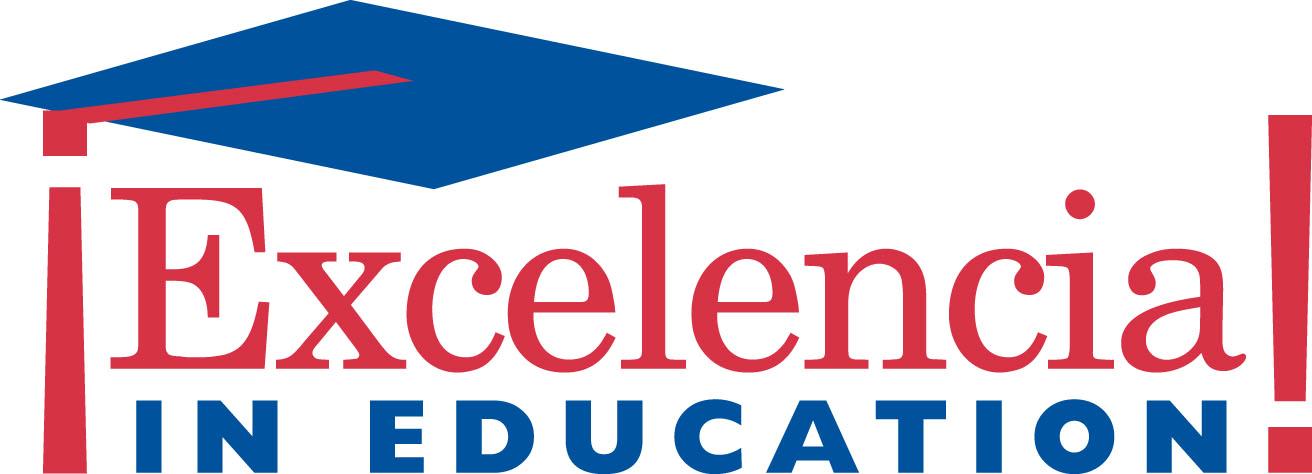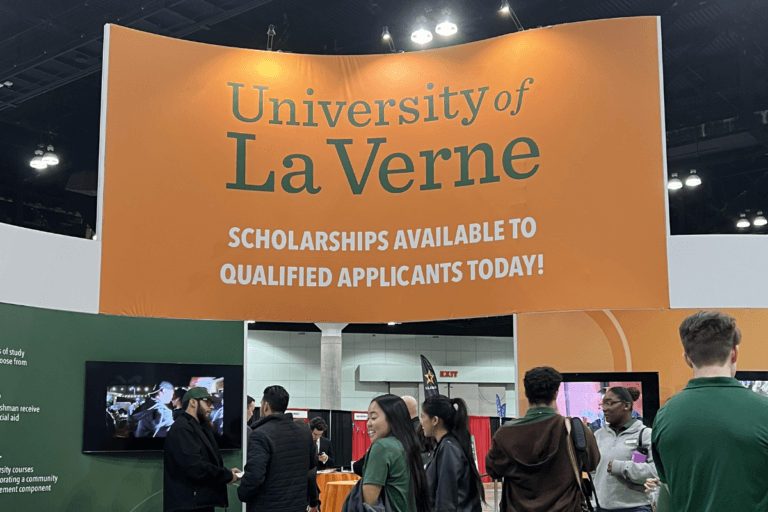National Think Tank, DOE Highlight University of La Verne for Educating Latinos, Pell Grant Students

 The University of La Verne sits among prestigious, selective institutions that successfully enroll, retain and graduate Latino students, according to report released Tuesday by a Washington, DC-based research group.
The University of La Verne sits among prestigious, selective institutions that successfully enroll, retain and graduate Latino students, according to report released Tuesday by a Washington, DC-based research group.
Excelencia in Education’s “From Selectivity to Success: Latinos at Selective Institutions” highlighted methods used by the University of La Verne, as well as Stanford University, University of California Santa Barbara and UC Berkeley.
It is the second report since March to put the University in the national spotlight on higher education issues.
The Department of Education highlighted the University of La Verne as outperforming its peer institutions in terms of enrolling and graduating Pell Grant recipients in the March report, “Fulfilling the Promise, Serving the Need: Advancing College Opportunity for Low-Income Students.”
Excelencia in Education included four of the country’s most selective institutions in its report to examine the issue of serving Latino students in higher education.
“Over the past decade, all four institutions experienced an increase in selectivity and Latino enrollment,” report authors wrote. “Although selectivity in the admissions process at these institutions increased, the requirements for admissions did not. The institutions attributed the rise in selectivity to the increasingly high caliber of students, including Latinos, who apply for admissions.”
University of La Verne President Devorah Lieberman praised the report researchers for examining higher education access in a changing demographic landscape.
“We have strived for many years to serve our increasingly diverse population through services and programs that support first-generation and underserved students,” Lieberman said. “We are thankful Excelencia in Education took a critical look at this important issue, and included some of the steps we have taken to ensure student success.”
Excelencia researchers said that while fewer Latino undergraduates enrolled at selective institutions in the 2013-2014 academic year, those who did had a higher chance of graduating in a timely manner. Excelencia reported the rate was 68 percent, compared with 47 percent at less-selective colleges.
Authors wrote that the four institutions selected for the study support Latinos with programs and efforts diffused throughout each campus, rather than at a single location. The institutions provide financial aid not only to enroll, but to retain students. And they also provide support for community and alumni efforts targeting Latinos.
The group highlighted University of La Verne’s Latino Education Access and Development (LEAD) conference as an example of effective community outreach, where high school students engage with current students of the institution. The event “fosters a sense of belonging for students and families,” authors wrote.
Excelencia also credited the University’s promotion of its status as a Hispanic Serving Institution, having an undergraduate population of nearly 50 percent Latinos. The report credits La Verne with working to make students feel welcome on campus by ensuring their ethnicity and culture is represented through curriculum, student groups and faculty.
In terms of financial aid, Excelencia cited some of the University of La Verne’s methods to reduce tuition, such as signing admission agreements with area high schools that grant qualifying students scholarships.
In addition to its inclusive atmosphere and financial support, retention is also strengthened by the La Verne Experience learning communities, engaging students throughout their college career.
The University’s support of Latinos and students of other ethnicities does not end at graduation, Excelencia reported.
Researchers provided The Convergence – a partnership between higher education institutions, health care and other professionals – as a good example of providing employment opportunities that also promote diversity in the healthcare workforce.
“The university used research to examine what industries had the greatest need and found a great need to increase its healthcare workforce, specifically in diversifying its healthcare professional workforce to reflect the regional population and serve the community,” according to the report.


